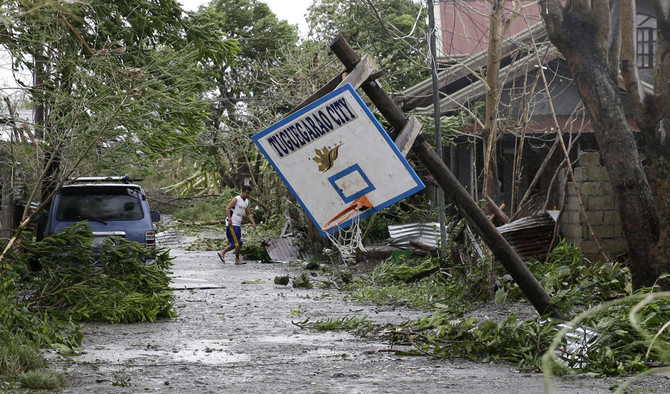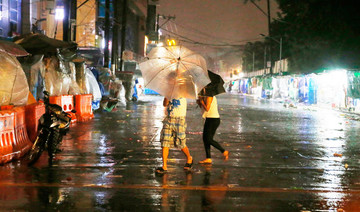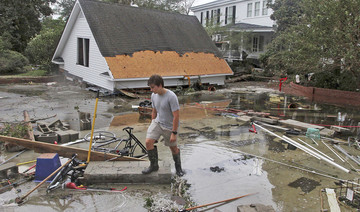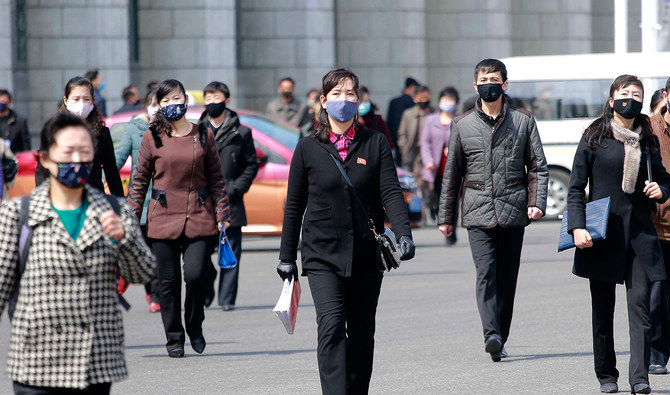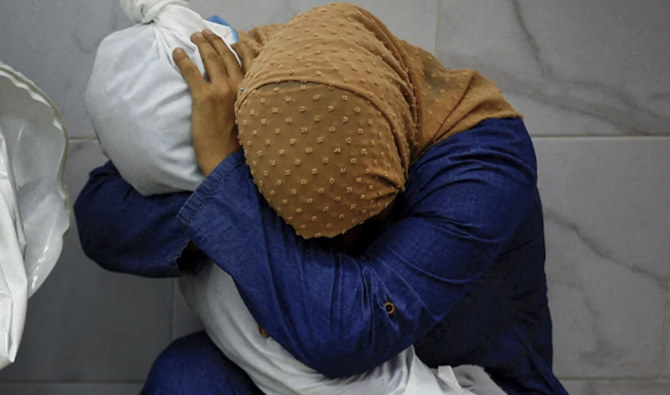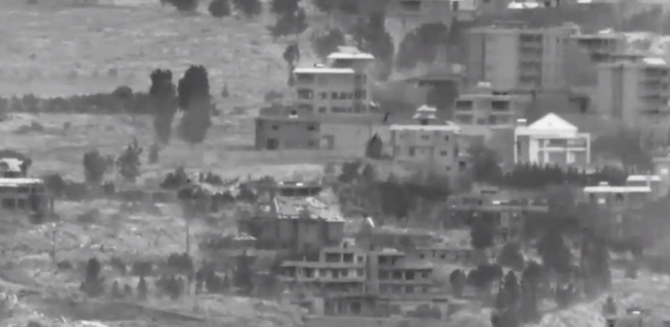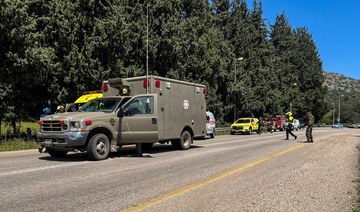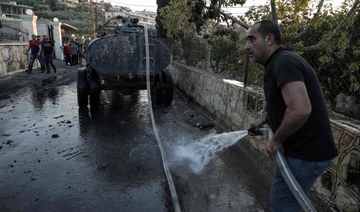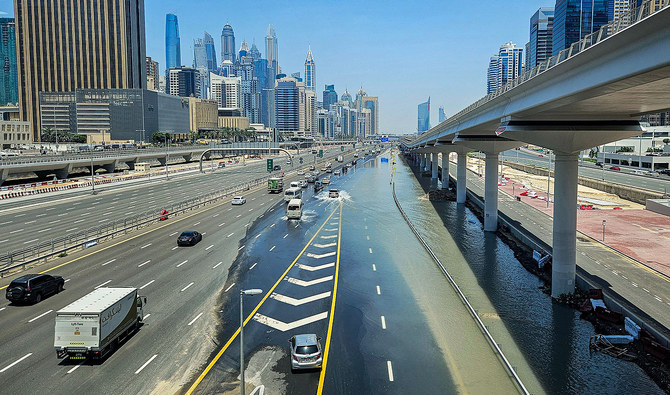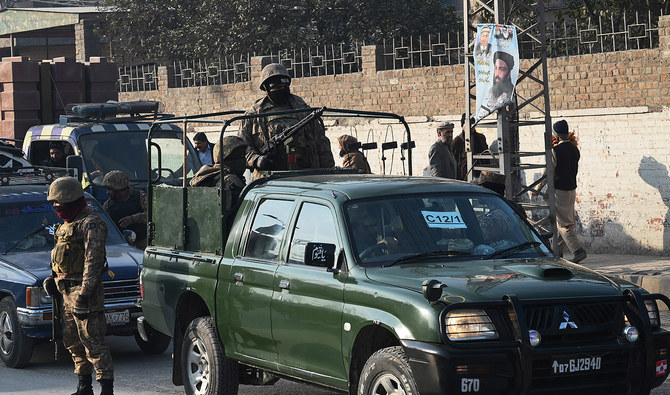TUGUEGARAO, Philippines: Typhoon Mangkhut rocked Hong Kong before striking mainland China on Sunday, injuring scores and sending skyscrapers swaying, after killing at least 49 people in the Philippines and ripping a swathe of destruction through its agricultural heartland.
The world's biggest storm this year left large expanses in the north of the main Philippine island of Luzon underwater as fierce winds tore trees from the ground and rain unleashed dozens of landslides.
It made landfall on the coast of Jiangmen city, in southern China's Guangdong province, Sunday evening after battering Hong Kong.
Hong Kong weather authorities issued their maximum alert for the storm, which hit the city with gusts of more than 230 kilometres per hour (142 mph) and left over 100 injured, according to government figures.
As the storm passed south of Hong Kong, trees were snapped in half and roads blocked, while some windows in tower blocks were smashed and skyscrapers swayed, as they are designed to do in intense gales.
The Philippines was just beginning to count the cost of the typhoon which hit northern Luzon on Saturday, and the death toll jumped to 49 on Sunday evening as more landslide victims were discovered.
In the town of Baggao the typhoon demolished houses, tore off roofs and downed power lines. Some roads were cut off by landslides and many remained submerged.
Farms across northern Luzon, which produces much of the nation's rice and corn, were sitting under muddy floodwater, their crops ruined just a month before harvest.
"We're already poor and then this happened to us. We have lost hope," 40-year-old Mary Anne Baril, whose corn and rice crops were spoilt, told AFP.
"We have no other means to survive," she said tearfully.
An average of 20 typhoons and storms lash the Philippines each year, killing hundreds of people.
The latest victims were mostly people who died in landslides, including a family of four. In addition to those killed in the Philippines, a woman was swept out to sea in Taiwan.
The Philippines' deadliest storm on record is Super Typhoon Haiyan, which left more than 7,350 people dead or missing across the central part of the country in November 2013.
In Hong Kong, waters surged in the famous Victoria Harbour and coastal fishing villages, from which hundreds of residents were evacuated to storm shelters.
Some roads were waist-deep in water with parts of the city cut off by floods and fallen trees.
In the fishing village of Tai O, where many people live in stilt houses built over the sea, some desperately tried to bail out their inundated homes.
"Floodwater is rushing into my home but I'm continuously shovelling the water out. It's a race against time," resident Lau King-cheung told AFP by phone.
The government warned people to stay indoors but some ventured out, heading to the coast to take photos.
A couple with a child were seen by an AFP reporter taking pictures on a pier known as a popular Instagram spot as waves surged and almost submerged it.
Others stayed at home but were terrified by smashing windows in their apartments.
"The entire floor and bed are covered in glass," one resident told local broadcaster TVB after her bedroom window shattered. "The wind is so strong."
Almost all flights in and out of Hong Kong were cancelled.
Schools in the city will be shut Monday.
In the neighbouring gambling enclave of Macau, all 42 casinos shut down for the first time in its history.
As the storm moved past Macau to the south, streets became submerged under water gushing in from the harbour.
Emergency workers navigated the roads on jetskis and dinghies, rescuing trapped residents.
The government and casinos are taking extra precautions after Macau was battered by Typhoon Hato last year, which left 12 dead.
On China's southern coast, more than two million people had been evacuated by authorities in Guangdong before the storm made landfall.


